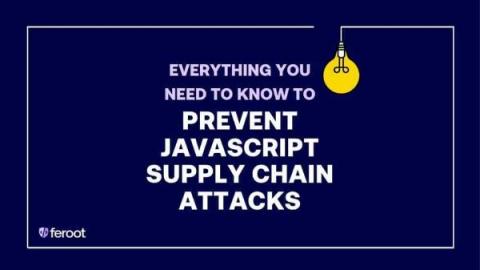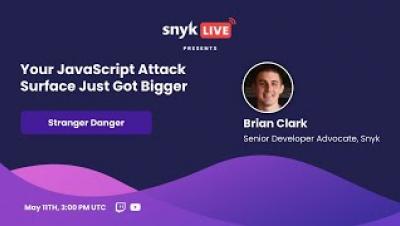5 Things Developers Should Know About JavaScript Web Application Security
When client-side security breaches happen, web application developers may find themselves at the receiving end of the blame game (somewhat unfairly). The demands of an accelerated development cycle combined with pressures related to JavaScript web applications security, means developers may feel caught in the proverbial “damned if you do and damned if you don’t” loop.











